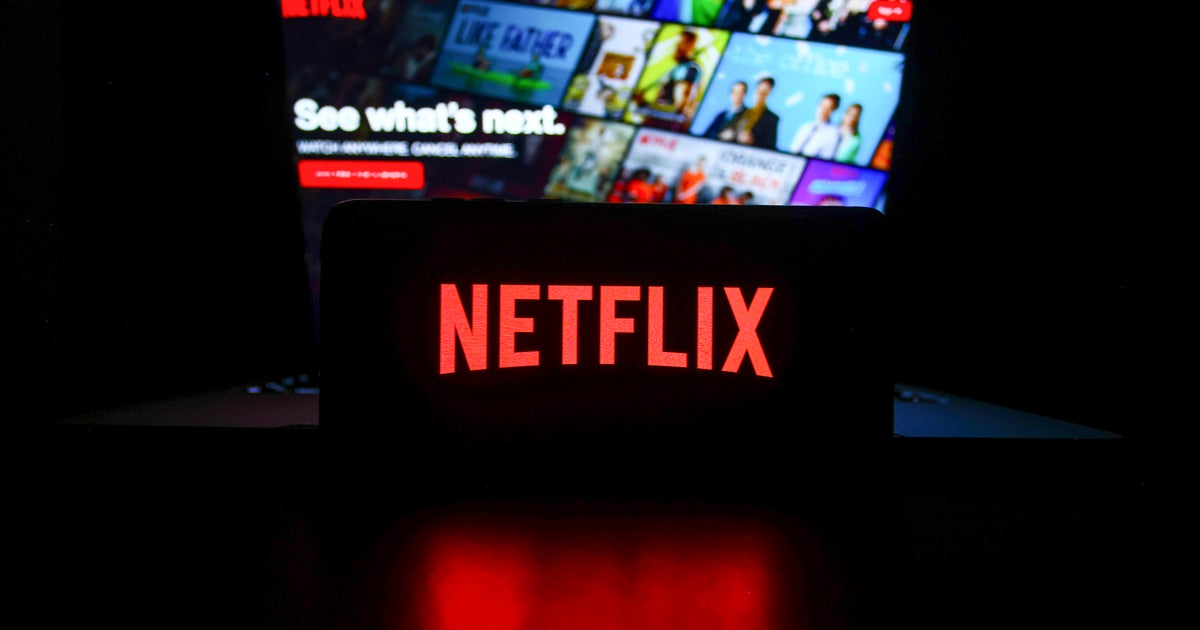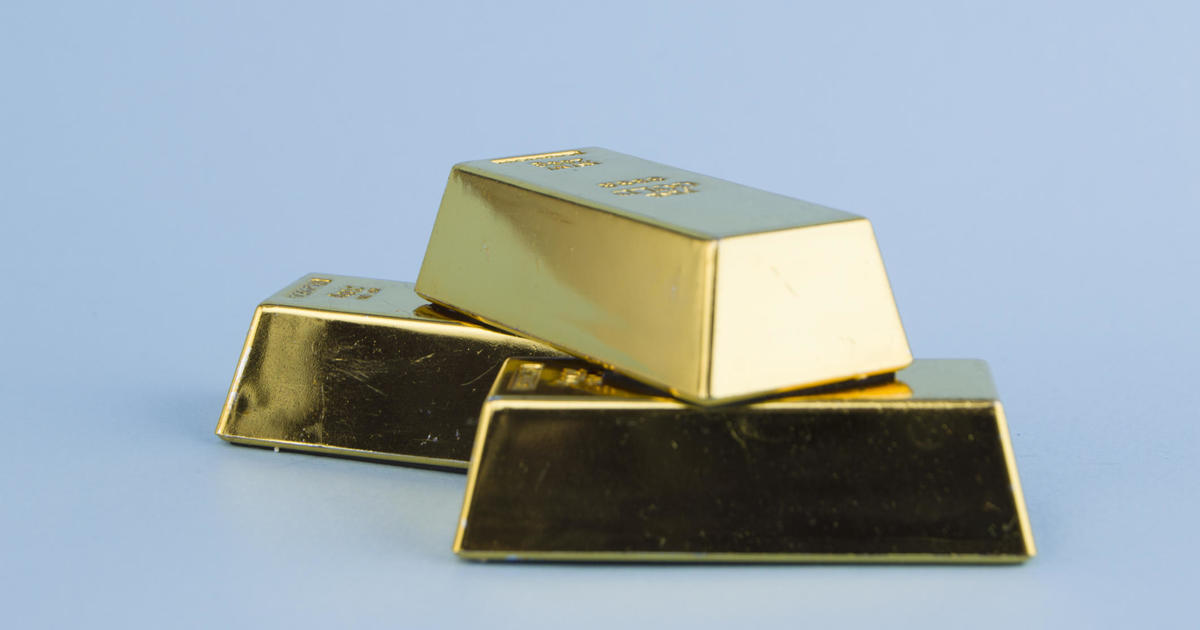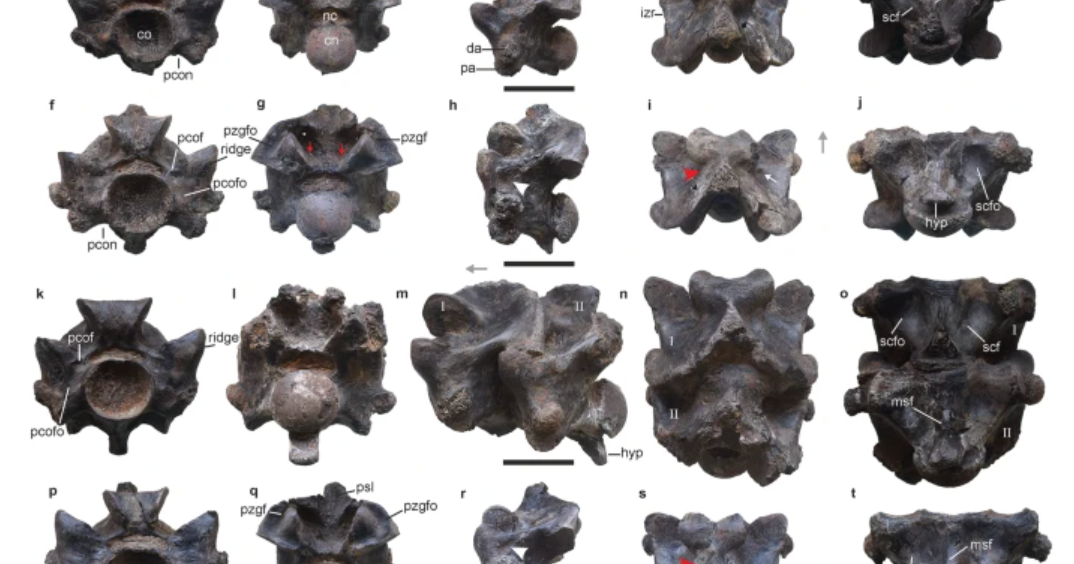The James Webb Space Telescope is so powerful, it can detect the heat of a bumblebee as far away as the moon — and other surprising facts
In the month since the James Webb Space Telescope left Earth, it's traveled about one million miles, successfully deployed a giant sunshade, mirrors and other appendages — and, generally, left thousands of scientists feeling equal parts nervous and excited.
Now, the $10 billion telescope will spend the next 10-plus years exploring the depths of the cosmos and sending back baby pictures of our universe from its earliest days.
Of course, this isn't any ordinary telescope. In fact, it's 100 times more powerful than the Hubble Space Telescope, which has been sending back stunning images of deep space for three decades.
But what else do you know about the most expensive and technologically-impressive telescope ever built? Here are some facts you may not have encountered yet:
Webb is so powerful, it can detect the heat of a bumblebee as far away as the moon
According to NASA, the Webb telescope is so sensitive to infrared light, it would be able to detect even the slight heat of a bumblebee at the distance of the moon.
Technically, it could also see details as small as a U.S. penny at a distance of about 25 miles.
These activities are not the purpose of the sensitivity, of course. In practice, it will allow astronomers to compare the earliest galaxies to the most recent ones, painting a clearer picture of how they formed and potentially answering some long-standing questions about the early universe.
Webb plans to take baby pictures of the universe
Hubble is known for taking breathtaking photos of space, but it hasn't allowed scientists to see the very first galaxies that formed after the Big Bang. Webb aims to change that — essentially acting like a giant time machine.
"It's like we have this 14-billion-year-old story of the universe, but we're missing that first chapter," astrophysicist Amber Straughn told Scott Pelley in an interview for "60 Minutes." "And Webb was specifically designed to allow us to see those very first galaxies that formed after the Big Bang."
If all goes well, Webb will capture light that's been traversing the cosmos for as long as 13.5 billion years, extending our views of the universe several hundred million years earlier than Hubble — back to a time when the very first galaxies were born.
Webb stays cool with a sunshield the size of a tennis court
In order to function properly, Webb needs to be kept cool. It does that thanks to a five-layer sunshield the size of a tennis court.
This mechanism was folded up when Webb launched on Christmas Day, but less than two weeks later, the extremely thin layers of the shield were successfully deployed. Without the shield, the immense heat from the sun would overwhelm the telescope's sensors.
The side facing the sun will experience temperatures of about 260 degrees Fahrenheit, while the other side will be chilled to some 370 degrees below zero — a nearly 600-degree difference.
The sunshield gives Webb the equivalent sun protection factor, or SPF, of one million, NASA says.
Webb's mirrors are covered in gold
It's only a golf ball's worth of gold, but still — the James Webb Space Telescope's 18 primary mirror segments are covered in gold. The coating is so thin that a single strand of human hair is 1,000 times thicker.
The less than two ounces of 24-carat gold reflect infrared light better than other metals. Infrared is just outside the visible spectrum of what humans can see.
But don't be fooled — those mirrors are not solid gold. They are actually made of beryllium.
Scientists won't be able to fix any issues that arise
Over the course of Hubble's life, five space shuttle crews made service calls to correct the telescope's initially blurry vision and to perform maintenance and upgrades. But Hubble is only 340 miles away.
Webb is nearly a million miles away — far beyond the reach of spacewalking repair crews. Because of this, scientists are crossing their fingers that all goes according to plan (and so far, it has).
However, if the proper technology is developed, scientists could someday send a robot to refuel Webb, extending its life.
For now, scientists are eagerly awaiting Webb's first photos, which will arrive this summer.
Bill Harwood contributed to this report.





